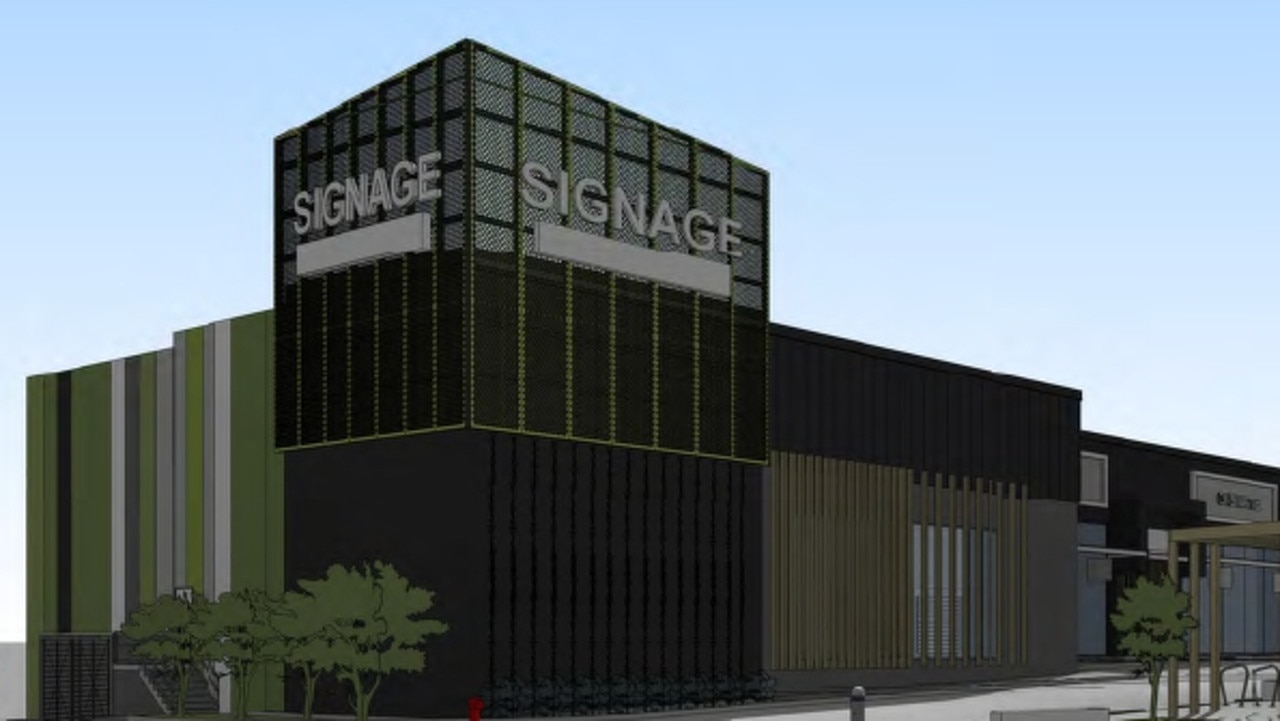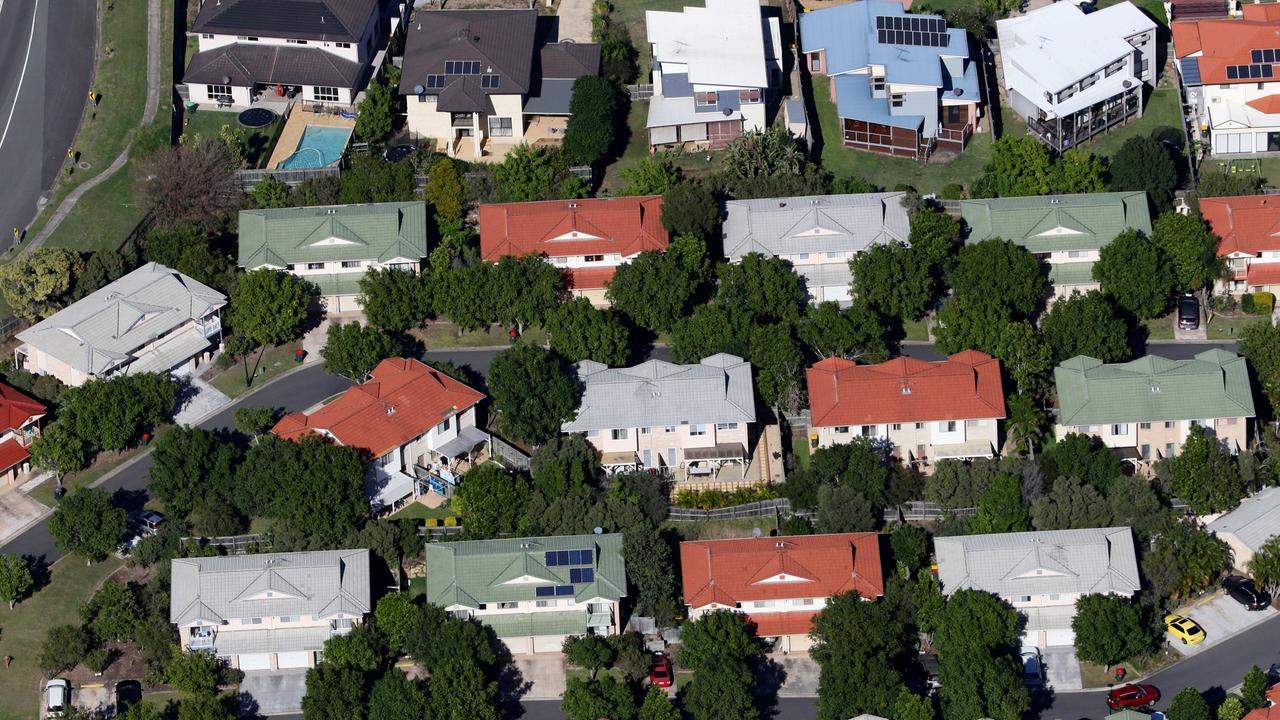Melbourne’s severely undersupplied housing markets revealed
The tightly-held suburbs feeding Melbourne’s lack of housing supply and soaring rental prices have been revealed. SEARCH YOUR SUBURB
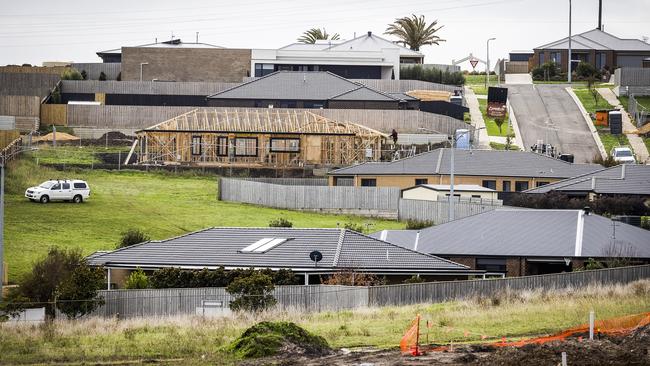
Property
Don't miss out on the headlines from Property. Followed categories will be added to My News.
Melbourne’s most tightly-held suburbs feeding the severe lack of housing supply and soaring rental prices have been revealed, as development approvals hit record lows across the city.
New data from Suburbtrends showed that Carlton North and Princes Hill had the lowest number of dwelling approvals in the past five years, with just 14 compared to the total 3461 existing homes in the area.
In the city’s west, Delahey, Seabrook and Burnside Heights showed little development, with just 15, 16 and 19 dwelling approvals respectively since 2018.
RELATED: Melbourne’s most undersupplied housing markets revealed as Victoria to fall way short of demand
Melbourne rents: tenants’ nightmare worsening as listings slump in April
Renting in Melbourne: First sign of rise in new listings spells good news for renters
Building Blocks: Australia’s biggest housing land releases


Inner ‘burbs such as South Yarra, Hawthorn, Kew East and Parkville were also among the so-called NIMBY (not in my back yard) suburbs, where development approvals represented less than 10 per cent of existing dwellings.
Outside of Melbourne’s growth areas, the suburbs delivering significant new dwellings included Footscray, Heidelberg Heights and West Melbourne, plus the CBD and Box Hill.
Suburbtrends founder Kent Lardner said if the supply of new homes fell below the population growth rate, it would only amplify property prices.
“The hardest hit will be the rental market,” Mr Lardner said. “And with the collapse of builders and supply chain issues, we’ve also got the problem of rising costs of labour and materials.”
He added that in many cases, renters across Victoria were allocating more than 30 per cent of their income to rent, indicating the lack of affordable housing available for tenants.
“People are getting out of the rental market and moving back in with ma and pa because they can’t afford it,” Mr Lardner said.
While build-to-rent schemes could help to provide more housing at an affordable price, the Suburbtrends boss said these types of incentives were primarily focused on the “elite end of town” — which still helped with the supply issue but didn’t address the lack of affordability.
“There’s too many markets exceeding that 30 per cent affordability threshold, which doesn’t just hurt families and individuals, it also hurts the economy,” he said.
“Ultimately no one wins, not even a landlord, because once that 30 per cent is hit, vacancy rates start to creep up and it’s harder to find quality tenants, so you end up with more volatility in the market.”
PropTrack economist Anne Flaherty noted that development approvals for new homes had fallen to the lowest level in more than a decade, which was concerning given the current population growth rate.
“This undersupply is likely to hit the more affordable end of the market hardest,” Ms Flaherty said.
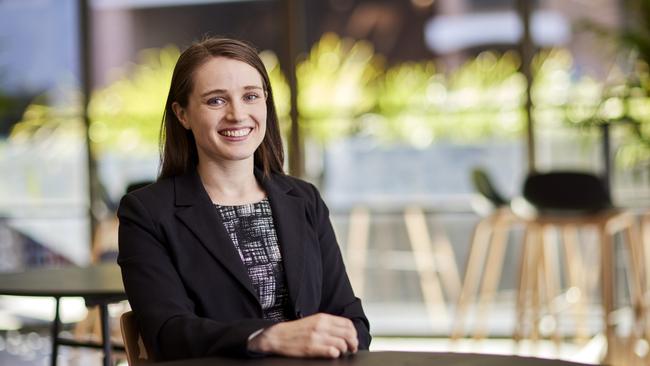

She said that significant increases in building costs had also reduced the viability of some development projects, leading them to be deferred indefinitely.
“The impact of the undersupply can already be seen in house prices and rent growth … it also means that many first-home buyers have been locked out of buying, increasing time spent in the rental market,” Ms Flaherty added.
“Higher migration is also upping demand for rentals at a time when the supply pipeline is slowing. About 70 per cent of migrants rent when they first come to Australia and are more likely to be renters than owners for the first eight years.”
Although the Suburbtrends data showed regions in Melbourne’s west and southeast had the lowest number of approvals in the past five years, Property Council of Australia Victorian executive director Cath Evans said there was a need to deliver new dwellings in every part of the state including “our established suburbs, our growth areas, and our regional cities and towns”.
“This needs to be a combination of freestanding homes, townhouses and apartments across the city, that reflects people’s different needs at different stages of their life,” Ms Evans said.
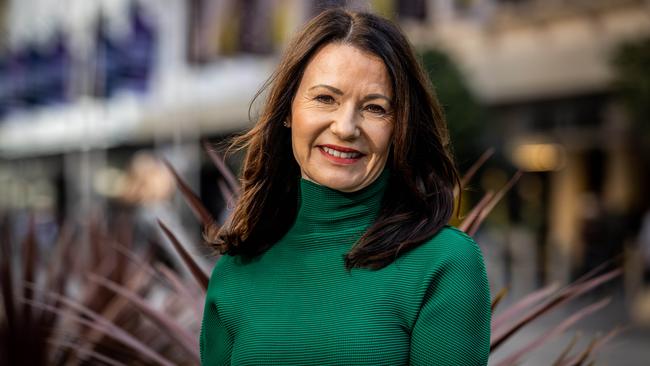
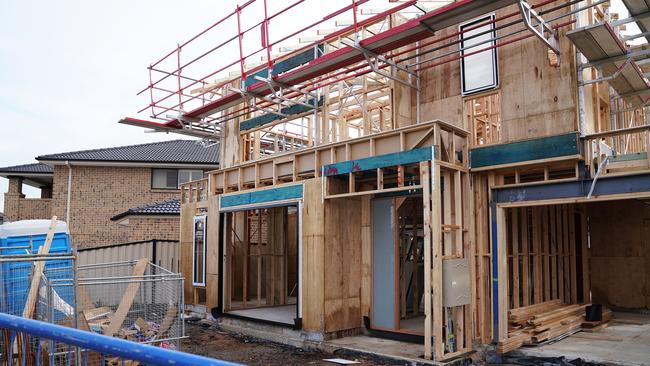
She said there were many significant barriers preventing the number of dwellings needed across Victoria, such as capacity of local governments, a lack of qualified planners, the underperformance of referral authorities to deliver the supporting infrastructure, and the unsuitability of existing planning pathways to progress large-scale development applications.
“The government has flagged it is working on a planning reform program of work to be announced in the second half of the year,” Ms Evans added.
“The Property Council is strongly supportive of a state-led reform agenda that ensures the Victorian community’s broader needs are met more effectively, including mechanisms to deliver a higher number of new, quality homes where people want to live.”
It comes after Building Approval data from the ABS revealed the alarming drop in approvals for new private sector houses in the past two years, falling by 11.3 per cent in the 12 months from March 2022, and a shocking 38.9 per cent from 2021.
Opposition Home Ownership and Housing Affordability spokeswoman Jess Wilson said that the “deeply concerning” drop in new homes was the consequence of the Andrews Government’s “mismanagement of Victoria’s residential construction sector”.
“With a building regulator in deficit and in chaos, Victoria urgently needs a comprehensive and independent review into the regulation of residential construction to ensure a safe and strong supply of new homes,” Ms Wilson said.
Sign up to the Herald Sun Weekly Real Estate Update. Click here to get the latest Victorian property market news delivered direct to your inbox.
MORE: Hawthorn: Ex-Carlton & United Breweries boss Peter Filipovic lists 133-year-old home
Inside Yellowstone creator Taylor Sheridan’s $526m ranch amid show’s spending scandal
Father of five sells Coburg home as Melbourne property price predictions labelled ‘well off’
emily.holgate@news.com.au


